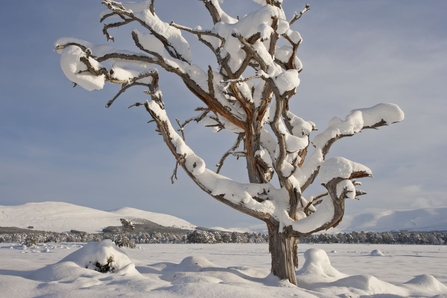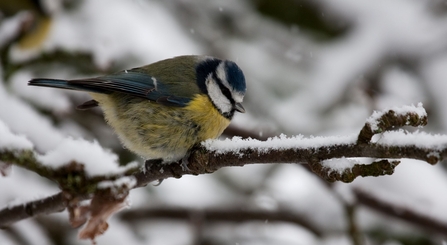Woodlands are dynamic ecosystems which historically were naturally managed by large herbivores and rootling animals such as boar, and since humans have replaced these natural processes, we have to actively manage woodland ourselves. The cold, dormant months present unique challenges and opportunities for maintaining the health and productivity of woodland.
There are so many options with managing woodland, each with different targets – like aiming to:
-
Enhance overall biodiversity
-
Focus on a particularly rare habitat or species
-
Harvest timber, or
-
Protect and enhance ancient woodland features.
There will be bespoke approaches for each goal, and it is recommended that you work closely with and seek appropriate advice from professionals with expertise in this area.
You can request advice for the creation of woodland management plans for your Local Wildlife Site directly through Kent Wildlife Trust – please get in touch with Local Wildlife Site Officer Marie Dipple for further information.
Broadly speaking, here are some key considerations for management during the winter months.
Tree health and safety
Winter can be a good time to assess the health of your trees. Trees that have held on to dead leaves may have died, and this will allow you to identify potential candidates for standing dead wood! You can also more easily spot lesions, weeping, or rotting on the bark as an indicator of disease. Pruning and removing dead or damaged branches can improve the overall health of individual trees and reduce the risk of falling limbs during heavy snow or ice storms.


